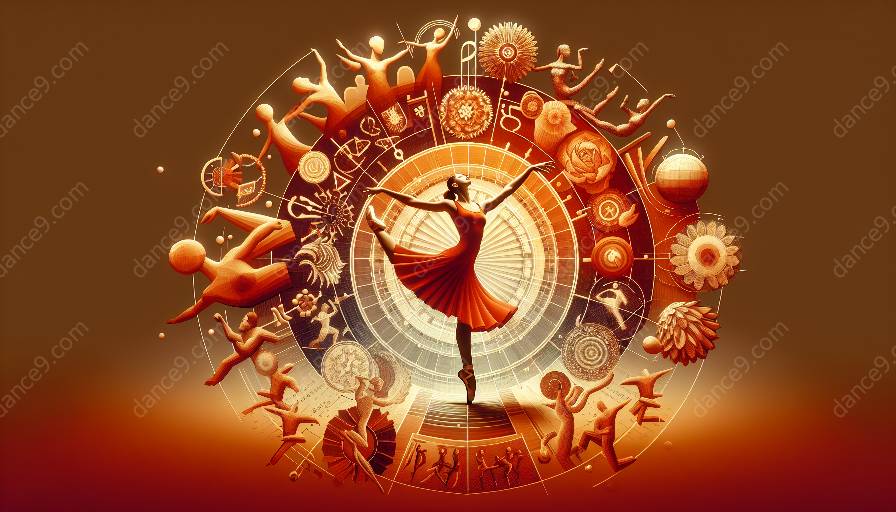Dance anthropology is an interdisciplinary field that examines the cultural, social, and historical aspects of dance. It combines elements of anthropology, sociology, and dance studies to explore how dance reflects and shapes human behavior and society. As technology continues to advance, its impact on documenting and studying dance anthropology has been profound.
Exploring Technologyu2019s Influence on Dance Anthropology
Technology has significantly transformed the way dance anthropology is documented and studied. From innovative recording equipment and digital archiving to motion capture technology and virtual reality, advancements in technology have provided researchers with new tools to analyze and understand dance forms and their cultural significance.
Digitizing Traditional Dance Forms
One of the primary ways in which technology has impacted dance anthropology is through the digitization of traditional dance forms. With the use of high-definition video recording and sound equipment, researchers can capture and preserve traditional dances in their authentic forms. This not only helps in documenting endangered dance forms but also facilitates their preservation and dissemination to a wider audience.
Advancements in Motion Capture Technology
Motion capture technology has revolutionized the study of dance anthropology by offering precise and detailed analysis of movement. By tracking the movements of dancers, researchers can gain insights into the cultural and artistic expressions embedded within dance forms. This technology has enabled researchers to analyze the intricate details of dance movements, leading to a deeper understanding of the symbolic meanings and historical contexts of various dance traditions.
The Role of Documentation in Dance Studies
Documentation plays a crucial role in the field of dance studies, especially within the context of dance anthropology. By documenting dance forms, researchers can analyze the cultural, social, and historical significance of different dance traditions. Furthermore, documentation allows for the preservation and transmission of cultural knowledge from one generation to the next.
Preserving Cultural Heritage
Technology has facilitated the preservation of cultural heritage through the documentation of dance anthropology. Digital archives and online platforms have become valuable resources for preserving traditional dance forms that are at risk of being lost due to various social and environmental factors. This not only ensures the safeguarding of cultural heritage but also provides future generations with access to an invaluable repository of dance traditions.
Enhancing Research and Education
Documentation of dance anthropology using technology has also enhanced research and education in the field of dance studies. By capturing and documenting dance performances, researchers can analyze and compare various dance traditions, leading to a more comprehensive understanding of the cultural diversity and historical context of dance. Additionally, these documented resources serve as educational tools, allowing students and scholars to engage with and learn from diverse dance forms.
Implications for the Cultural Landscape
The intersection of technology and documentation in dance anthropology has broader implications for the cultural landscape. It has contributed to the revitalization and visibility of traditional dance forms, fostering cross-cultural exchange and understanding.
Fostering Cross-Cultural Dialogue
Through the documentation of dance anthropology, technology has facilitated cross-cultural dialogue by enabling the sharing of diverse dance traditions across geographical boundaries. This exchange of cultural knowledge has led to a greater appreciation for the richness and diversity of global dance traditions, contributing to cultural understanding and mutual respect.
Revitalizing Traditional Dance Forms
Technology-based documentation has played a pivotal role in revitalizing traditional dance forms that were at risk of being marginalized or forgotten. By capturing and disseminating these dances through digital platforms, technology has helped in raising awareness and garnering support for the preservation and continued practice of traditional dance forms.
Conclusion
Technology has significantly impacted the documentation and study of dance anthropology. Through advancements in digital recording, motion capture technology, and online archiving, the field of dance anthropology has been able to preserve, study, and disseminate traditional dance forms more effectively. The implications of this intersection of technology and documentation have extended beyond academic research, contributing to the preservation of cultural heritage and fostering cross-cultural dialogue. As technology continues to evolve, it is poised to further transform and enrich the field of dance anthropology and dance studies.

















